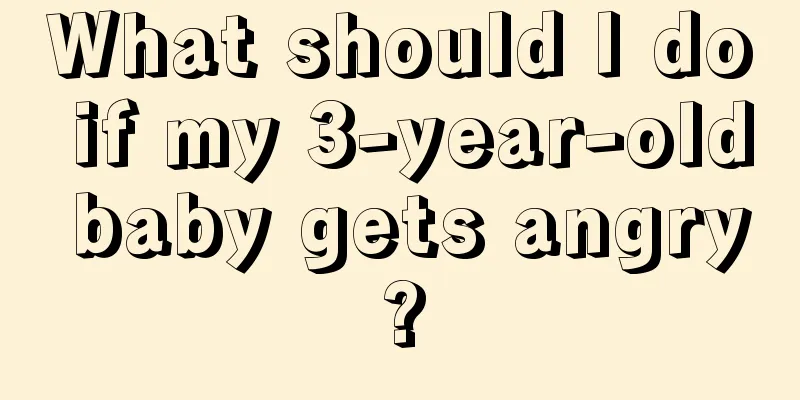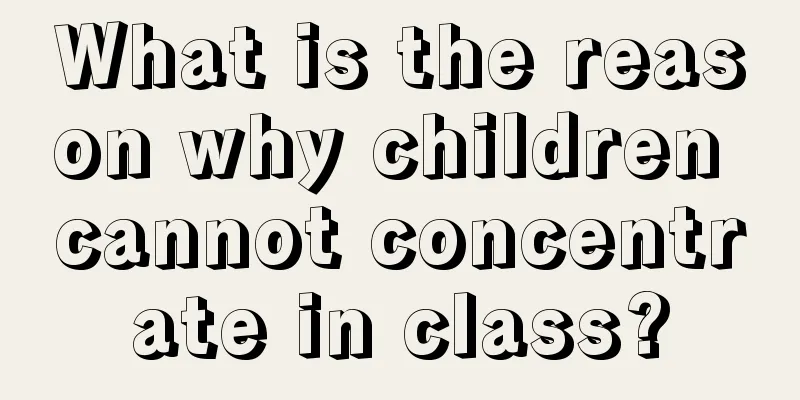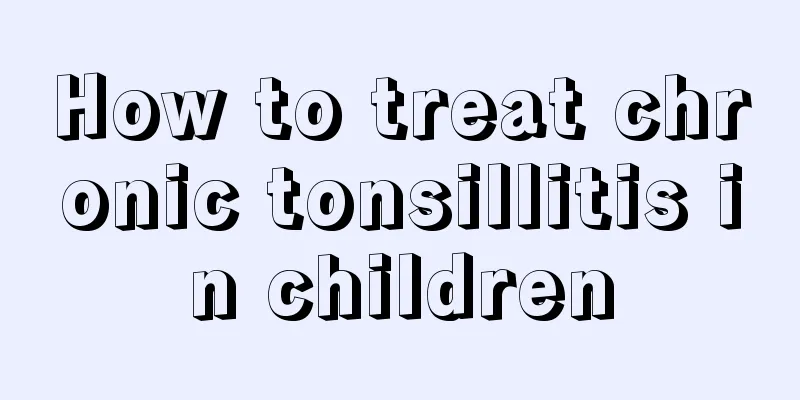Children with fever and no other symptoms

|
Compared with adults, children's physical resistance is still very weak. Therefore, children usually catch more colds than adults in a year. A severe cold can cause a fever. Fever is usually accompanied by headache, weakness, and mental depression. So what happens if a child has a fever but no other symptoms? Let’s take a look at it below. If a child has a fever, it is recommended to check the routine blood test in time to see whether it is caused by a viral infection or a bacterial infection. For treatment, it is better to use Anrique, Cefuroxime Granules and Ribavirin. You can also take Chinese medicine to clear away heat, such as Xiaoer Niuhuang San, Zixue San, etc. At the same time, let your child drink more water. It is recommended to add about 50-degree liquor to warm water, mix well, and then wipe other parts of the body except the abdomen, back, and chest for physical cooling. If your child has repeated fever, you should be alert to the possibility of infection or Kawasaki disease. Depending on your child's condition, it is recommended that you check the blood and peripheral blood cell morphology. Guidance: According to your child's condition, repeated fever requires attention to the possibility of blood system diseases. There are many causes of fever. Since you did not provide some necessary related laboratory test results, it is very difficult to determine the cause of the fever based solely on this symptom. It is recommended to first check the blood and peripheral blood cell morphology, erythrocyte sedimentation rate, etc. If there are no other symptoms, you need to monitor changes in body temperature. You can use physical cooling without using medication. Do not cover the child too tightly and let the child drink more water. If the temperature is higher than 38.5, you need to use medication to reduce the temperature. If it still does not improve, you need to seek medical treatment in time. First of all, this situation is considered to be a typical manifestation caused by inflammatory infection, eczema or dermatitis. This situation requires active and detailed examination, routine blood tests, and active drug treatment after a clear diagnosis. Take your baby to the hospital for a routine blood test to identify the cause of the disease. Treat the baby symptomatically under the guidance of a doctor. Pay attention to exercising your baby and drinking warm water to promote excretion. Be careful not to scratch with your hands to avoid infection. |
<<: Tips for babies to drink Pudilan
>>: What to do if a child has a hole in his or her big tooth
Recommend
What is the reason for newborn baby's swollen eyelids
Many newborns will encounter the problem of swoll...
Can white rash on children be cured?
Pityriasis alba is a skin disease that is more co...
Why does the baby shake his head when sleeping?
Many parents will find that their babies always l...
What are the things to prepare for the first birthday celebration?
When there is a baby in the family, every stage o...
Why is the baby's scrotum big?
Our parents must pay attention to the fact that o...
Baby sleeps all day
After a baby is born, he usually eats and sleeps,...
What are the symptoms of urinary tract infection in children?
Since children have poorer physical constitutions...
Symptoms of intestinal mucosal shedding in babies
The health of the intestine is very easily affect...
Why do three-month-old babies always stretch hard?
Babies need to slowly adapt to life right after t...
How to treat mycoplasma infection in children?
Generally, mycoplasma infection in children is mo...
What is the normal body temperature for a one month old baby?
The temperature regulation function of a one-mont...
Are children's colds and fevers contagious?
It's time to change seasons again, and there ...
What should I do if my child has congenital tonsil enlargement?
After we get sick, many of us will suffer from to...
The child walks with his left foot tilted inwards
It takes a long time for a child to roll over and...
What should we pay attention to during the early childhood education period?
With the development of the times, many parents w...









